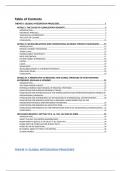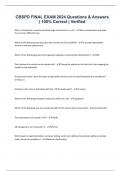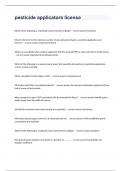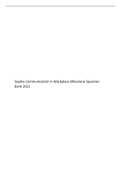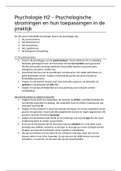Samenvatting
Theme II: Global Integration Processes (Literature Summary)
This is a complete summary of all literature regarding Week I: Core IB Theories for the course 'Theories of International Business'. The summary is designed to give an easy-to-read insight into the core aspects of each paper. Papers covered include: ARTICLE I: THE CAUSE OF GLOBALIZATION (GAR...
[Meer zien]
